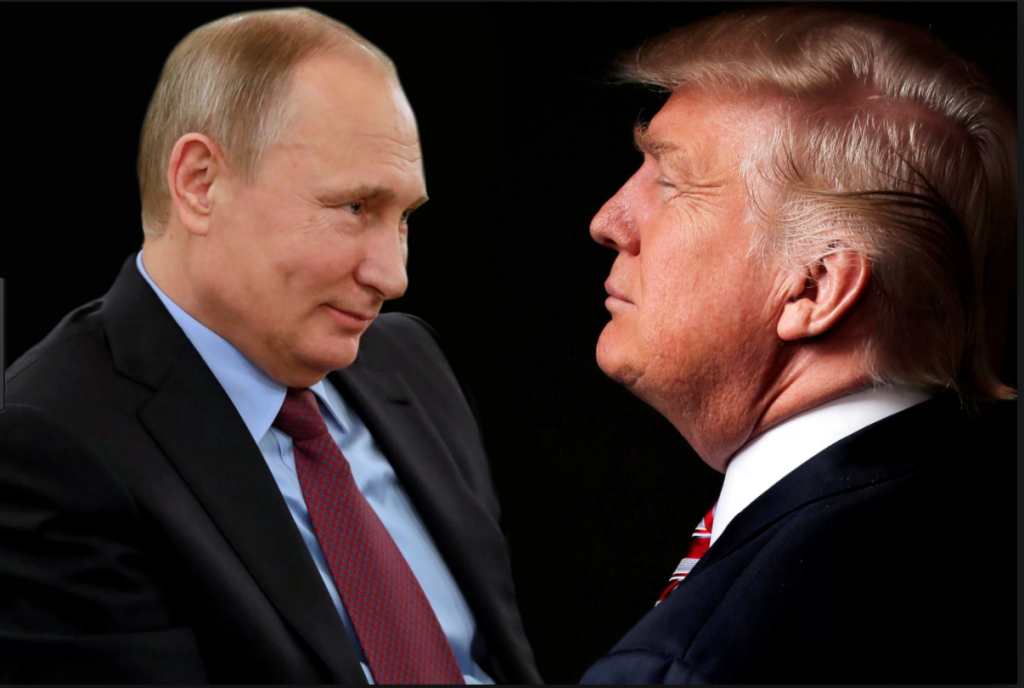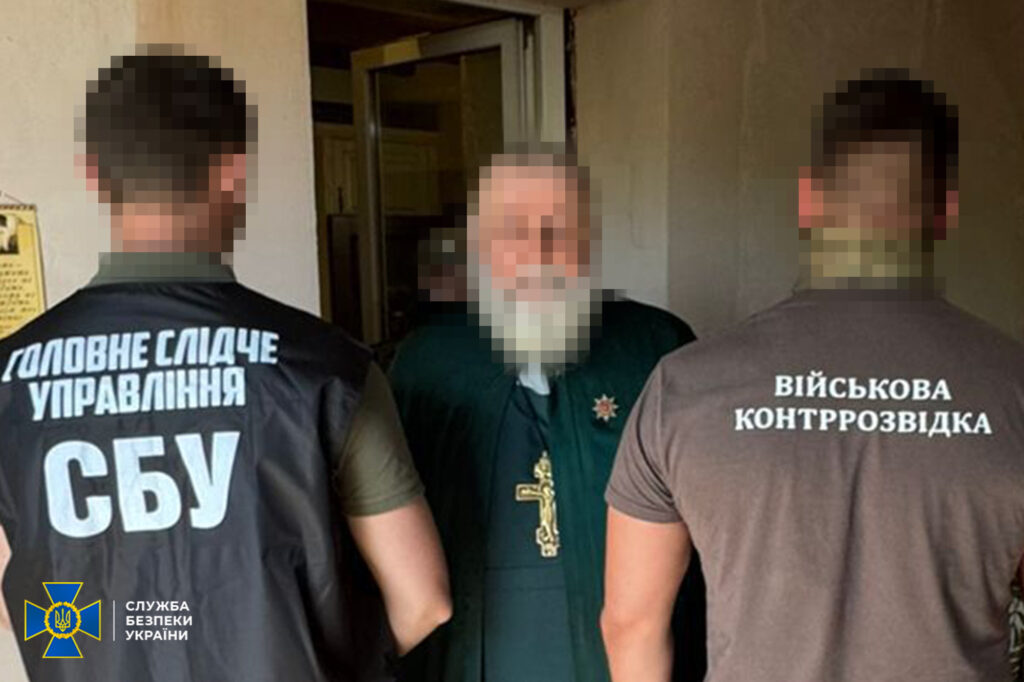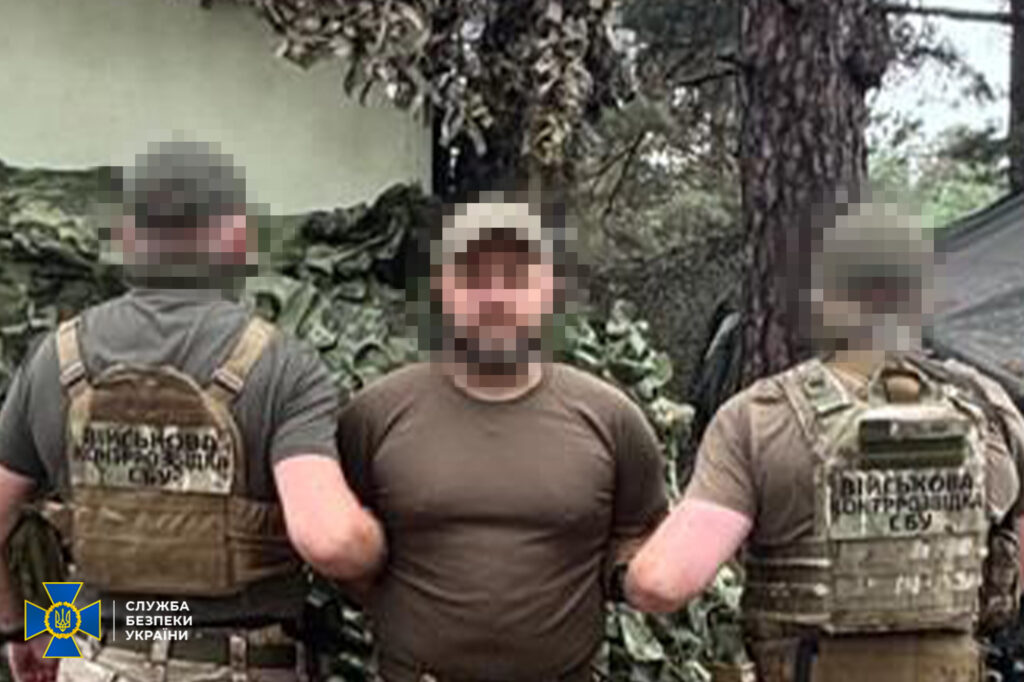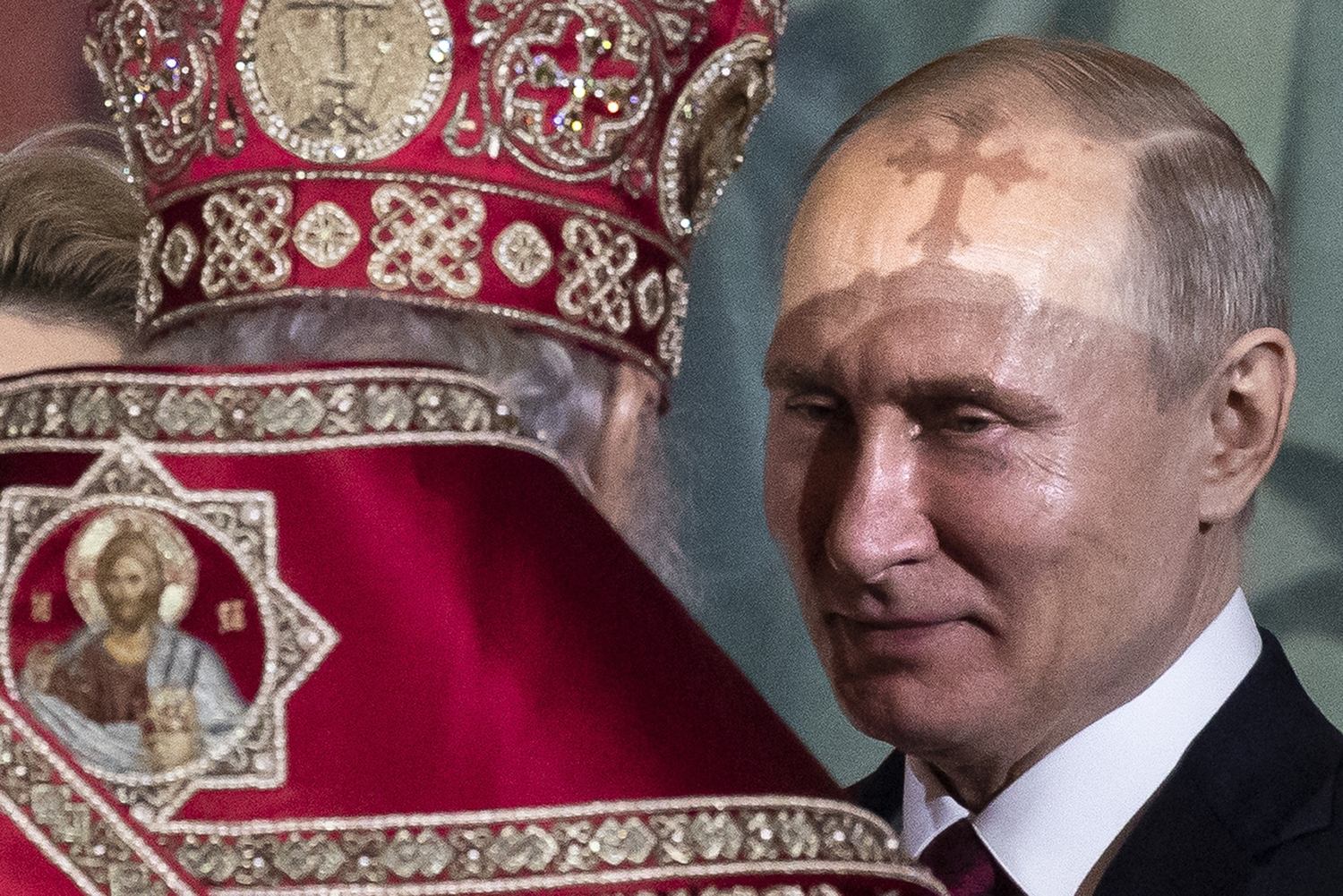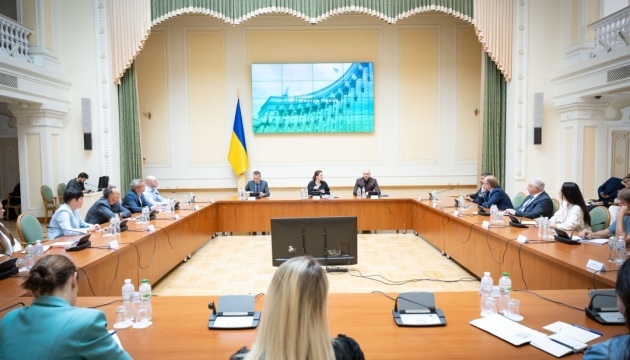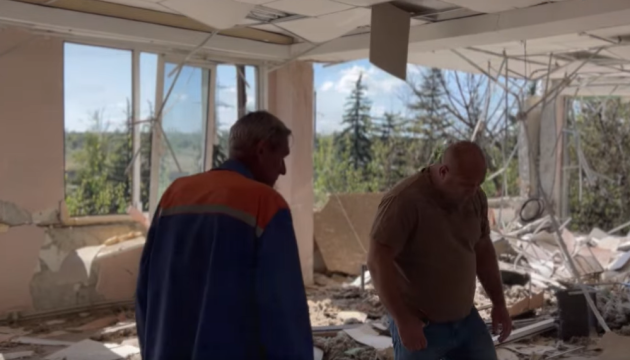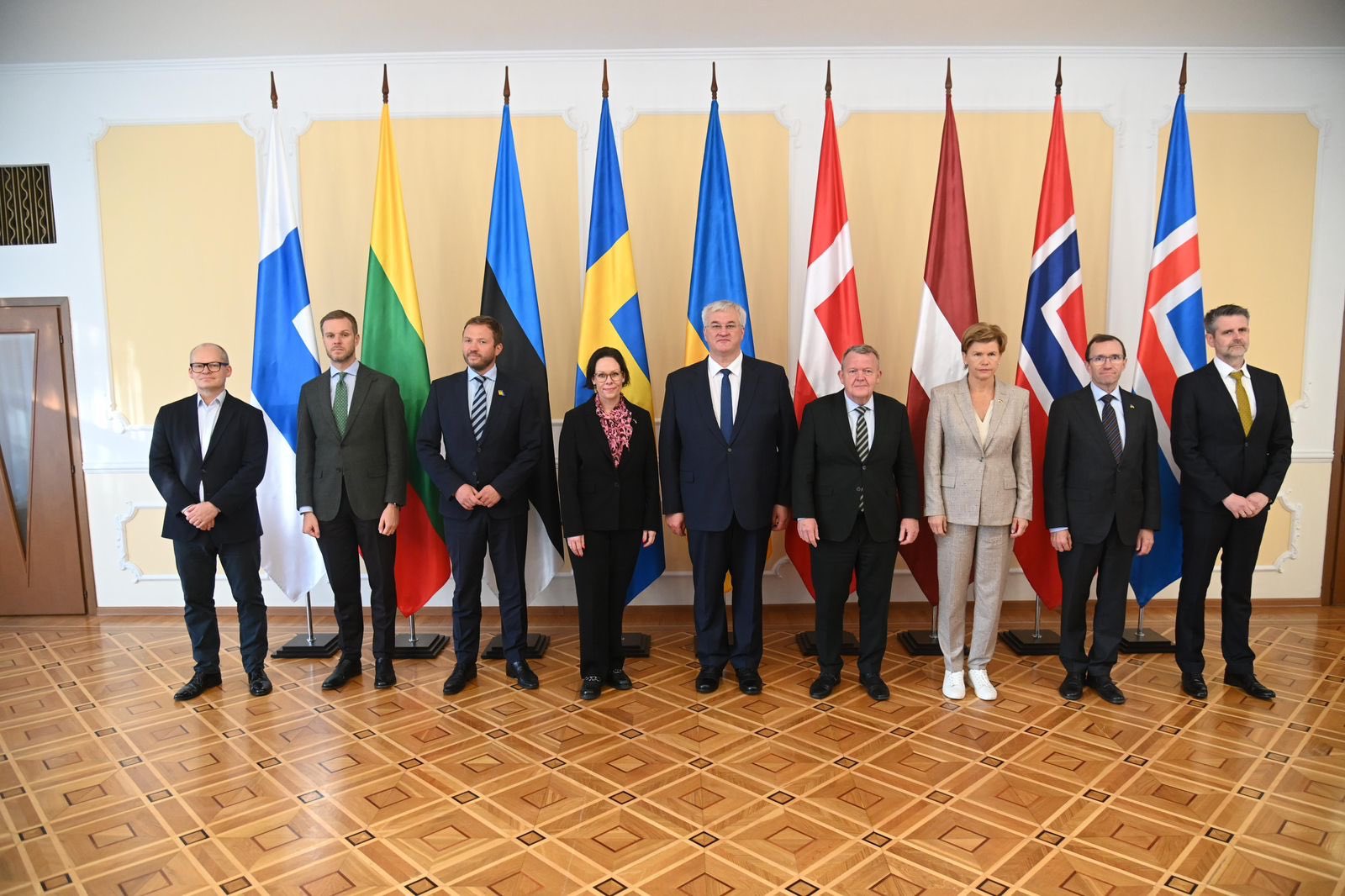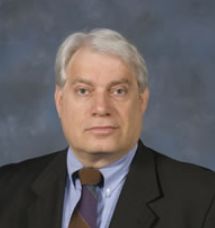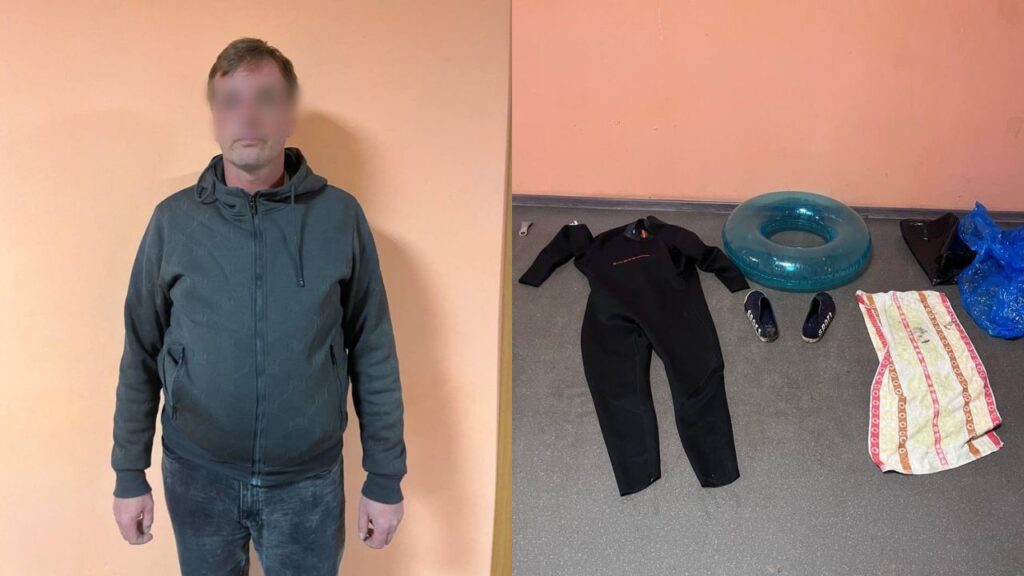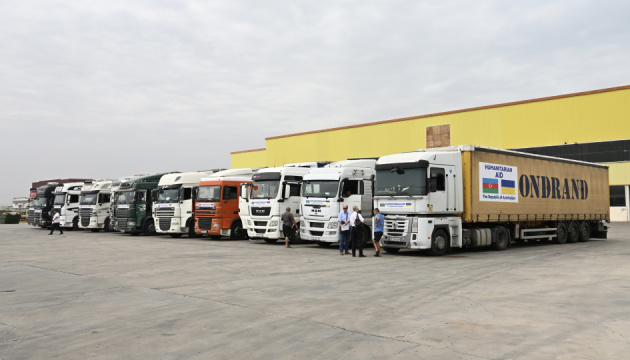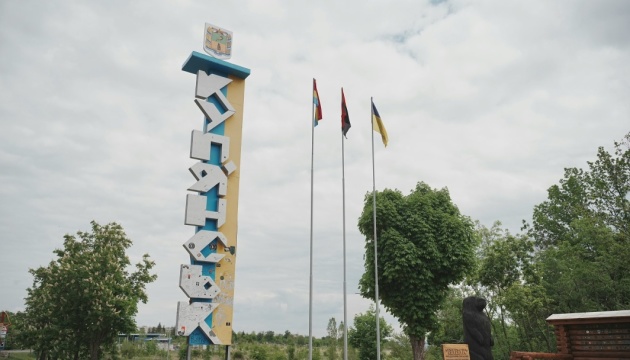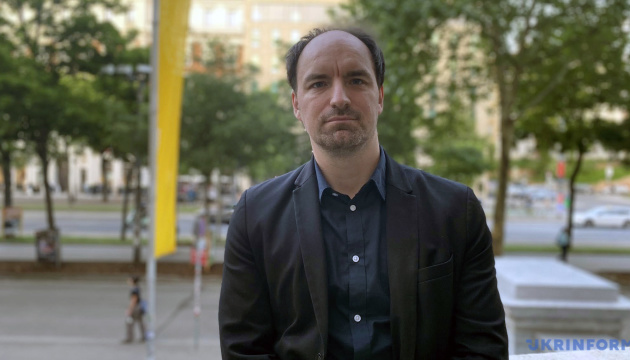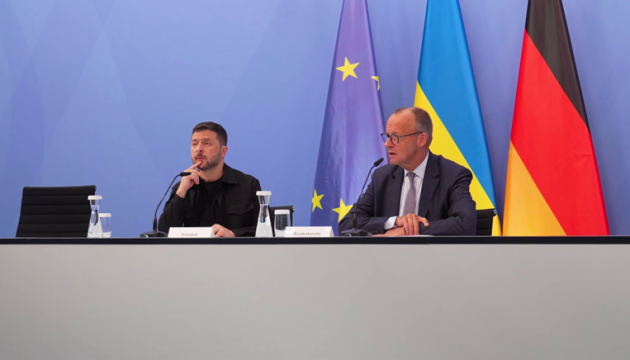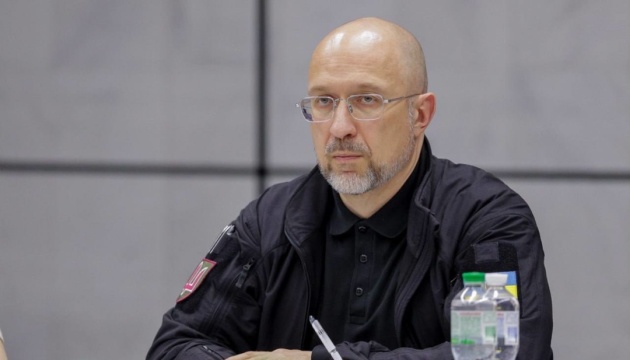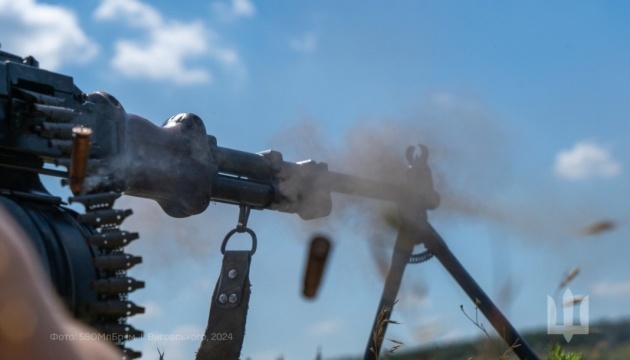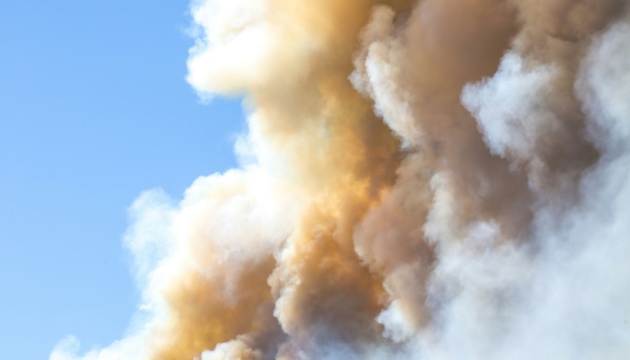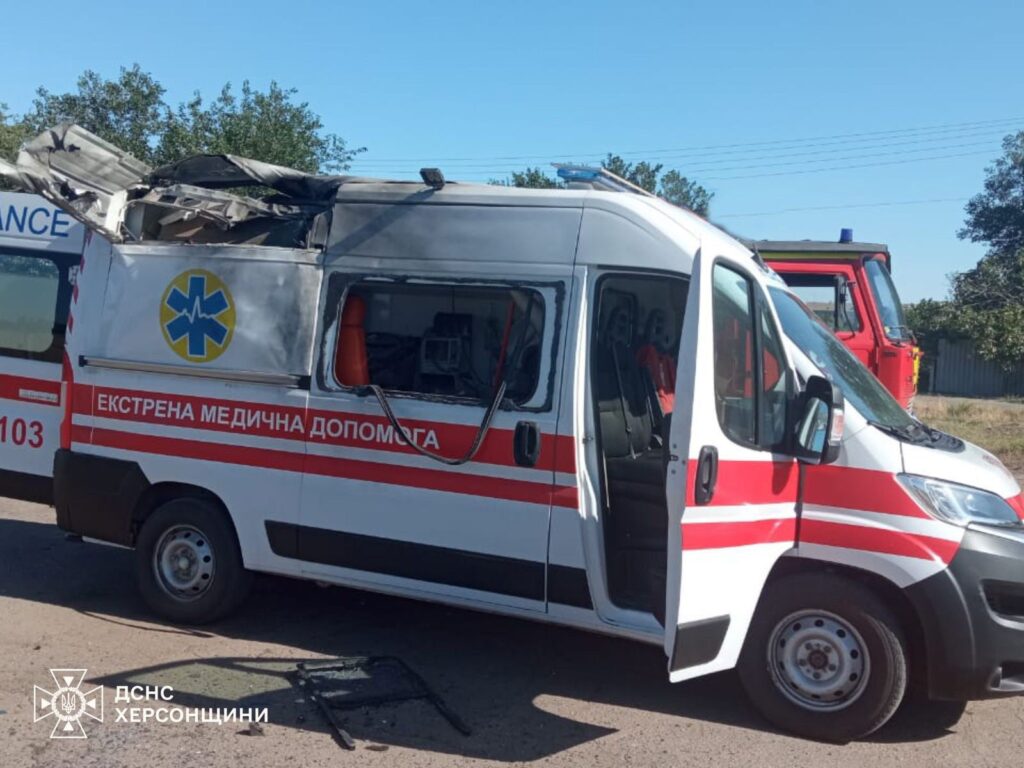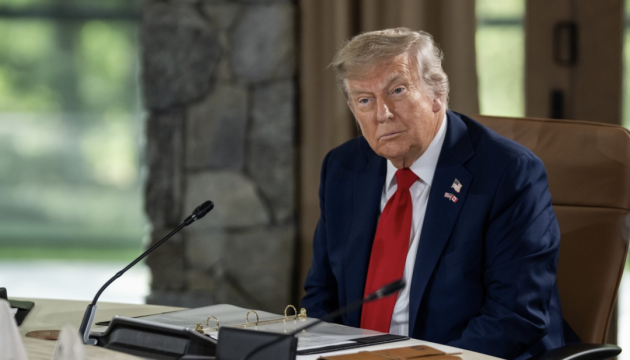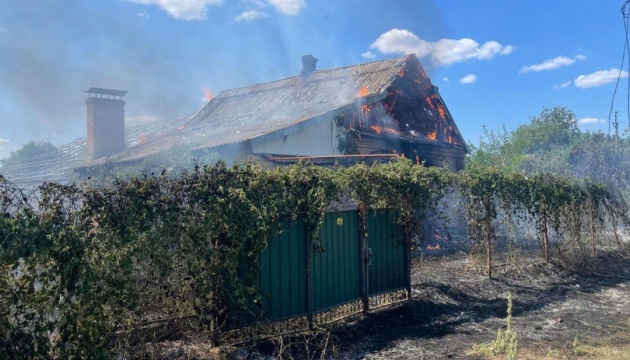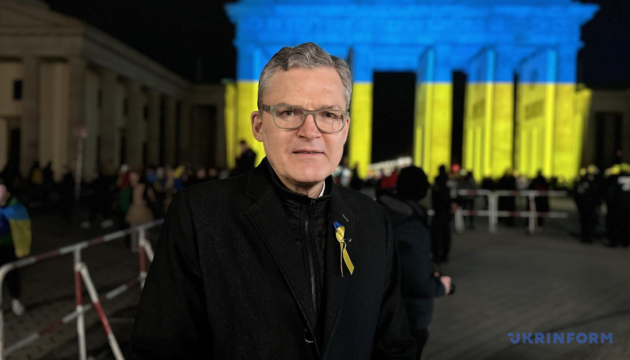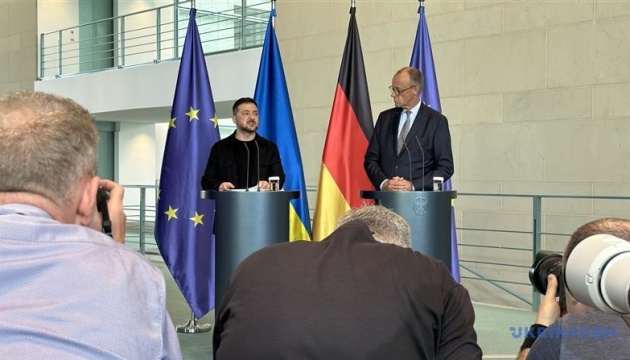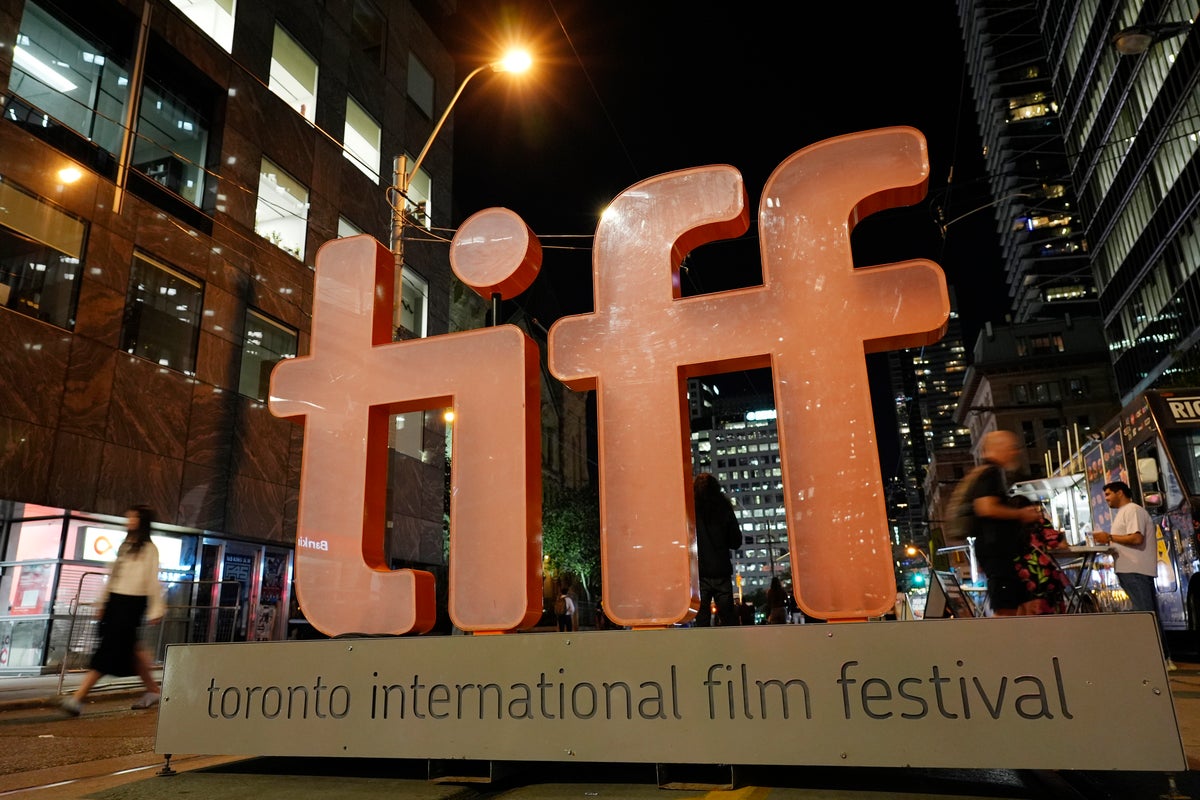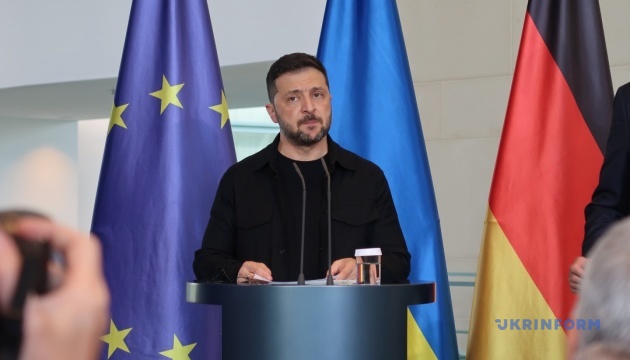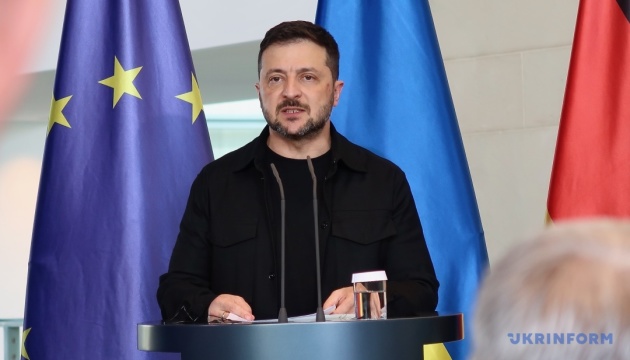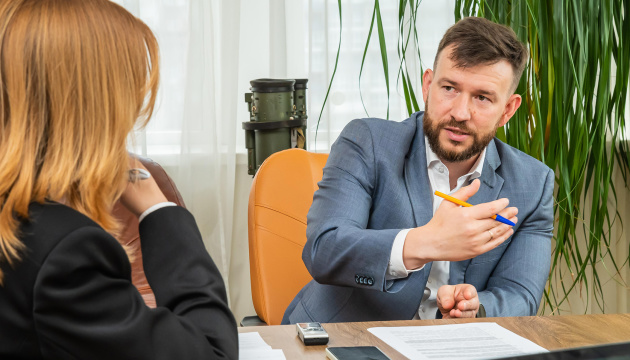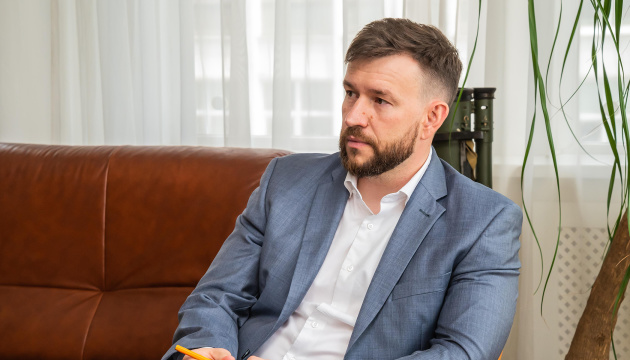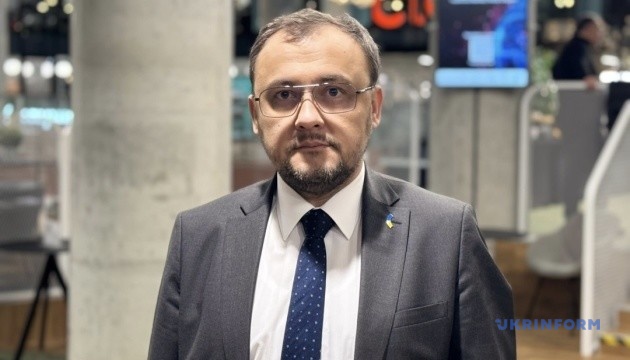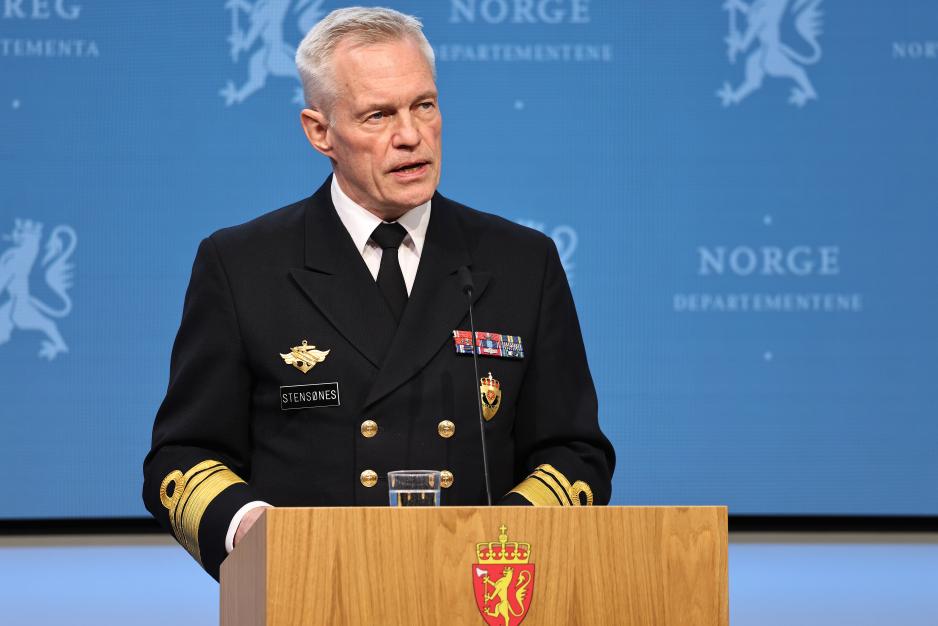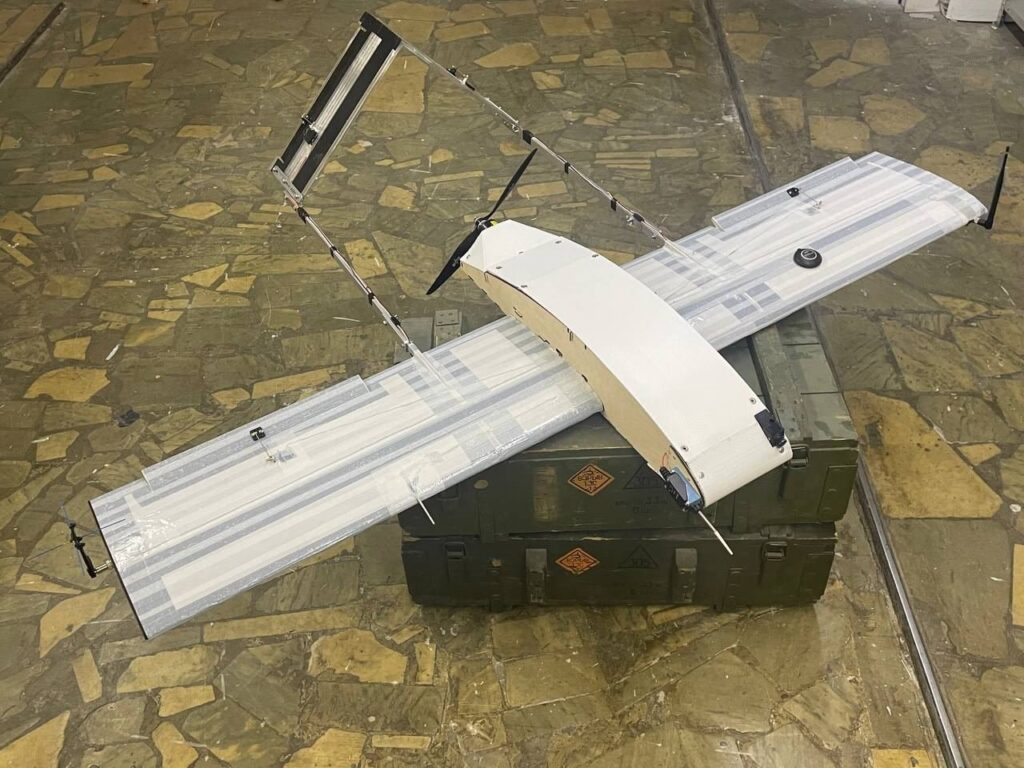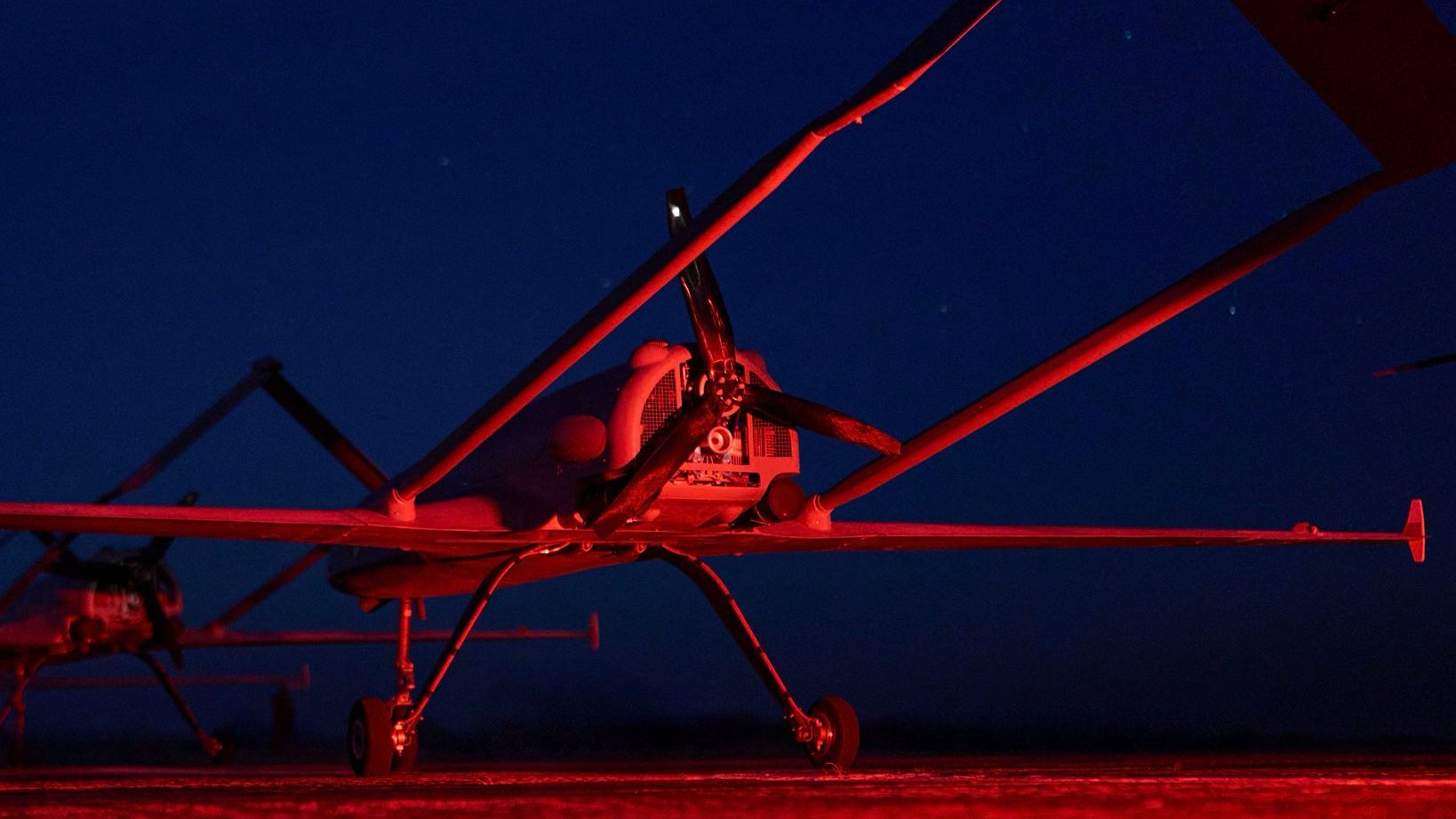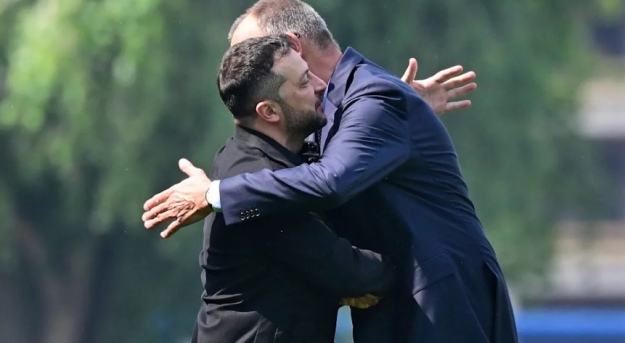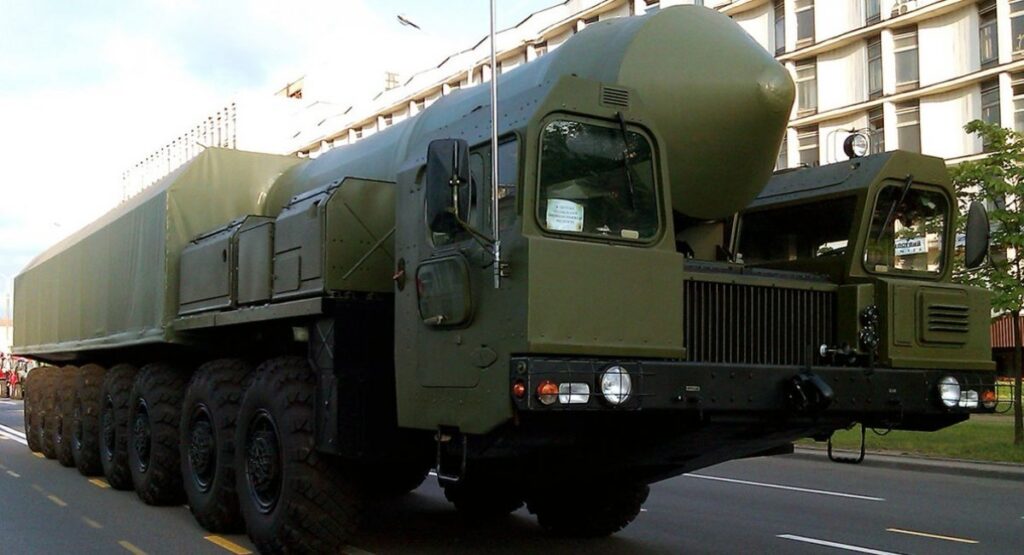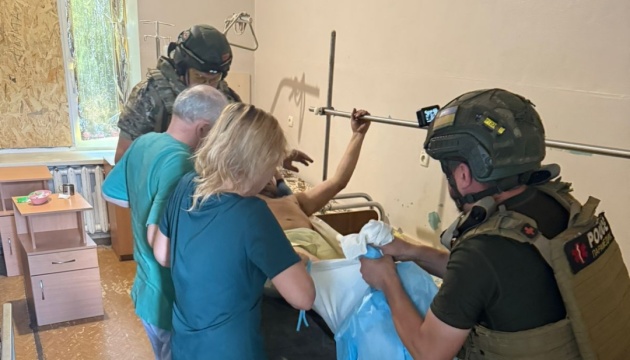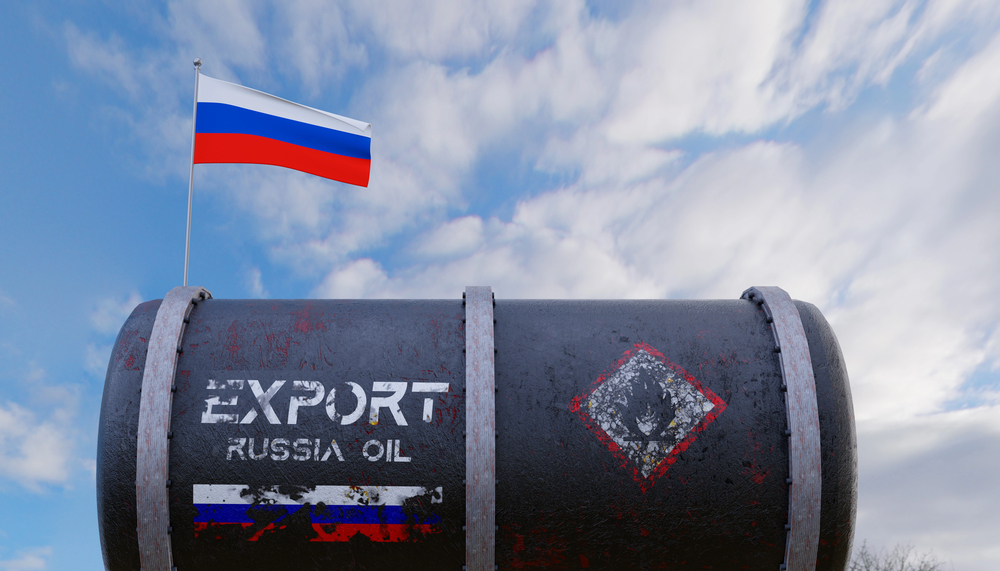
For months, Russia’s official inflation rate has hovered around 10%. In June, the Central Bank of Russia boasted that the rate had fallen to 9.4%, but it then dampened the celebration by reporting that expectations for inflation one year from now are 13% (which may well be the actual inflation rate today). Yet, on 25 July, the central bank dared to cut its very high interest rate, which has weakened growth and caused a severe credit crunch, from 20% to 18%.
Deceitful appearances
True, Russia’s economy appeared surprisingly dynamic in 2023 and 2024, with the official growth rate reaching 4% each year. But this was largely because the Russian government revived dormant Soviet military enterprises beyond the Ural Mountains. Moreover, real growth figures may have been exaggerated because some inflation was hidden by state-owned enterprises selling their goods to the state at administered prices.
In any case, official growth has fallen this year, probably to 1.4% in the first half of 2025. Since October 2024, the Kremlin itself has begun to report that Russia is experiencing stagflation – a message that was reinforced at the annual St. Petersburg International Economic Forum in June.
Improvement is unlikely. The country’s financial reserves are running out, energy revenues are declining, and there are increasingly severe shortages of labor and imported technology. All are linked to the war and Western sanctions.
Since 2022, Russia has had an annual budget deficit of about 2% of GDP, implying that it needs $40 billion each year to close the gap. But owing to Western financial sanctions, Russia has had virtually no access to international financing since 2014.
Not even China dares to finance the Russian state openly, for fear of secondary sanctions.
(Indeed, two small Chinese banks were just sanctioned by the European Union for such sins.) So, Russia must make do with the liquid financial resources held in its National Wealth Fund. Having fallen from $135 billion in January 2022 to $35 billion by May 2025, these are set to run out in the second half of this year.
Dwindling oil revenues
Traditionally, half of Russia’s federal revenues have come from energy exports, which used to account for two-thirds of its total exports. But in the face of Western sanctions, Russia’s total exports have slumped, falling by 27%, from $592 billion to $433 billion, between 2022 and 2024.
The federal budget for 2025 assumed an oil price of $70 per barrel, but oil is now hovering closer to the Western price cap of $60 per barrel, and the EU has just set a ceiling of $47.6 per barrel for the Russian oil that it still purchases. In addition, the West has sanctioned nearly 600 Russian “shadow fleet” tankers, which will reduce Russian federal revenues by at least 1% of GDP.
Against this backdrop, the Kremlin has announced that while it intends to spend 37% of its federal budget – $195 billion (7.2% of GDP) – on national defense and security this year, it must cut federal expenditures from 20% of GDP to about 17%. But since the government has already cut non-military expenditures to a minimum, it claims that it will reduce its military expenditures by some unspecified amount in 2026.
Reducing military expenditures at the height of a war is rarely an auspicious signal. As the commentator Igor Sushko points out, “The Confederacy did this in 1863-1865 (American Civil War), Germany in 1917-1918 (WWI), Japan in 1944-1945 (WW2),” and the outcome every time was “total military defeat.”
Of course, actual economic strength is not the issue. Ukraine spends about $100 billion per year on its defense, which amounts to 50% of its GDP, but no one bothers to question this, because for Ukrainians, the war is existential. Ukraine would not survive if the war was lost.
By contrast, Russia spends only 7% of its GDP on the war, but this is a war of Putin’s choice. It is not existential for Russia, only for Putin.
If he had a popular mandate, Russia could spend much more on the war. But he apparently does not think his popularity could withstand devoting much more of the budget to the effort.
Short of everything — except corruption
Meanwhile, it is increasingly clear that something else is rotten in Russia besides the economy. Russia has fallen to 154th place out of 180 countries on Transparency International’s authoritative Corruption Perceptions Index, while Ukraine is in 105th place. Since the start of the war, a dozen or so senior Russian energy managers have fallen out of windows.
And more recently, former Deputy Defense Minister Timur Ivanov was sentenced to no less than 13 years in prison for corruption; Transportation Minister Roman Starovoit allegedly committed suicide just hours after Putin fired him; and a gold-mining billionaire was arrested, and his company was nationalized to help the treasury.
These were high officials. Ivanov was a top protégé of former Defense Minister Sergei Shoigu, and Starovoit was the right-hand man of Putin’s close friend Arkady Rotenberg. Such developments are clear signs of Russia’s economic instability.
Compounding the financial pain is an extreme labor shortage, especially of qualified workers.
Officially, unemployment stands at only 2%, but that is partly because many Russians have left. Since the start of the war, and especially after Putin attempted a minor mobilization in 2022, approximately one million people fled the country, including many young, well-educated men.
He has not dared to pursue another mobilization since.
Now, labor scarcities are holding back production and driving up wages, while Western export controls limit Russia’s supply of high-tech goods (though Chinese supplies have mitigated the impact).
Russia’s economy is fast approaching a fiscal crunch that will encumber its war effort. Though that may not be enough to compel Putin to seek peace, it does suggest that the walls are closing in on him.
Anders Åslund is the author of Russia’s Crony Capitalism: The Path from Market Economy to Kleptocracy (Yale University Press, 2019).
Copyright: Project Syndicate, 2025.
www.project-syndicate.org
You could close this page. Or you could join our community and help us produce more materials like this.
We keep our reporting open and accessible to everyone because we believe in the power of free information. This is why our small, cost-effective team depends on the support of readers like you to bring deliver timely news, quality analysis, and on-the-ground reports about Russia's war against Ukraine and Ukraine's struggle to build a democratic society.
Become a patron or see other ways to
support.
